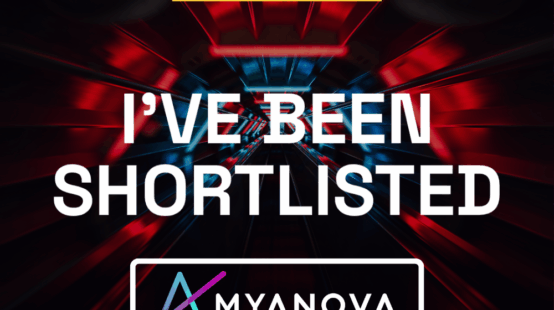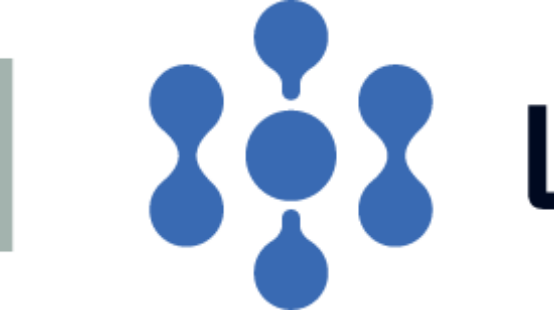It may be a lesser known fact, but looking back through the Island’s rich history books reveals that Jersey has been a hotspot for the testing of new ideas and concepts for well over 100 years. In fact, the Royal Mail’s first pillar postboxes, which were originally green, were first trialled in Jersey in 1852. This was long before it cemented its place as the red British cultural icon that we recognise today.
Fast-forward to the digital age and the ‘test-bed’ concept has now become synonymous with the testing of innovative technologies. Digital Jersey has been exploring ways to boost our digital economy by re-introducing the idea of the Jersey test-bed as part of our vision for 2017 and beyond.
Our Island holds unique potential in the test-bed space and could be an extremely attractive proposition for entrepreneurs and tech businesses. We’re the ideal size, connected and digitally enabled. We’re now the third most connected destination in the world based on the percentage of homes with access to a fibre connection (source: JT). We’ve also already made several strategic moves to create an infrastructure which we hope will attract innovators to test solutions and experiment with new ideas here.
You may have heard about the ‘Smart City’ concept. These forward-thinking urban metropolises are leading the way for connective ‘Internet of Things’ (IoT) technologies, underpinning data to improve the efficiency and quality of city services.
Now, we’re not trying to compete with these Smart Cities. Instead, we aim to carve our own path as a Smart Island. On realising our Smart Island vision, Jersey will become an environment that is good for local employment and inward investment, as well as an attractive test-bed for new and innovative technologies, products and services. This could improve our overall economy and way of life, and foundations are already being laid for our Smart Island. This includes creating an infrastructure that will support IoT technologies. IoT allows connectivity between everyday devices, enabling them to send and receive data. For example, as part of Estonia’s Smart City project the Government has installed a network of IoT devices to provide insight into the causes and evolution of flooding, allowing it to collect data and mitigate the risk of future flooding. IoT is set for explosive growth over the next five to ten years, and will allow us to harness the power of data to improve our daily lives.
Jersey was an early adopter of IoT and many Islanders are already benefitting from these technologies every day, even if they’re not aware of it. The States of Jersey’s Track My Bus application, which uses trackers on buses to show their location, is a prime example of how IoT can be applied to improve our existing services.
We’re also one of just a few places in the world to launch a jurisdiction-wide Low Power Wide Area (LoRa) network. LoRa supports the requirements of IoT, allowing us to collect a range of Island-wide data more easily, from weather to traffic data. Using trackers and sensors, LoRa and IoT can be used across our industries and services – we could use traffic data to create fewer traffic jams and be guided to the nearest available parking space, or connect devices to Jersey cows to detect illness and improve efficiencies in our agriculture industry – IoT opens the door to some truly exciting possibilities.
LoRa is just one of the emerging network technologies, but with access to at least three proactive and innovative telecommunications companies, there’s no reason why Jersey can’t implement, test and critique more in the future. With our unique combination of urban and rural spaces, varied geology and topography, we are in an ideal position to create a quick, wall-to-wall test environment for comparing these networks.
The Smart Island concept gets even more exciting when you consider the opportunities created by Open Data, of which I’m a big believer. If we’re going to make these smart concepts work we must allow public access to our sets of aggregated anonymous data. This is an attractive proposition for businesses that can benefit from access to a large range of data to experiment with, but it also creates value from a community perspective. We want Islanders to find their own ways to utilise data, giving anyone the ability to combine data sets and use them to their advantage. For example, if your hobby is kite-surfing, you could combine data on the Island’s tides and weather with wind speed data to get accurate, real-time data on when or where is best to go surfing, rather than relying on current predictive data. Open Data creates endless possibilities for experimentation.
As we continue to develop our Smart Island vision, I’d like Islanders to begin thinking about how their lives could be improved using these types of technologies. What would your Smart Island look like?



